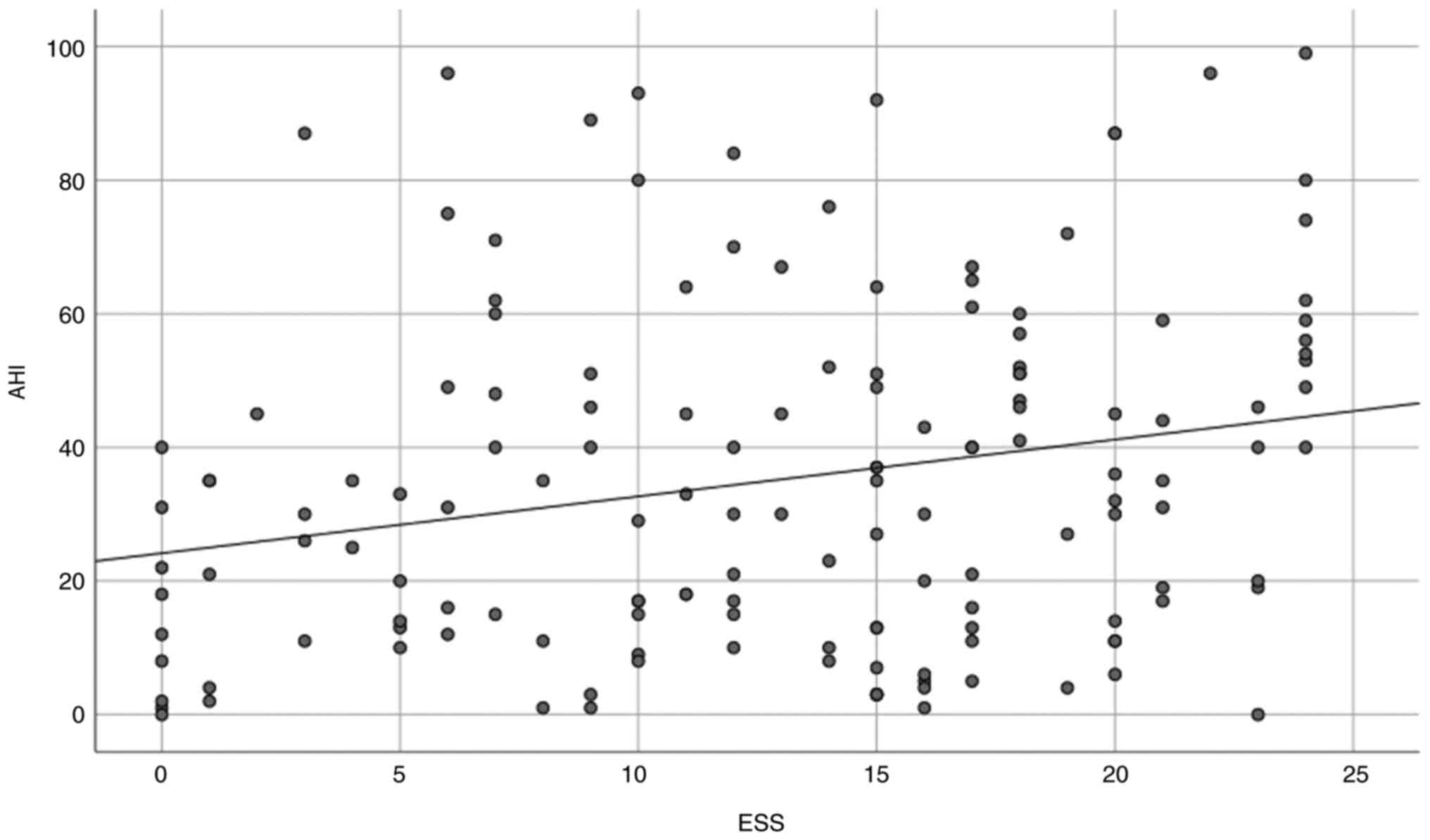Spandidos Publications style
Wahbi Abdalhakim HM, Abdullah HM, Ahmed SF, Fattah FH, Karadakhy KA, Kakamad FH, Ahmed SM, Abdullah HO, Abdalla BA, Hasan SJ, Hasan SJ, et al: Correlation between body mass index and apnea‑hypopnea index, and the Epworth sleepiness scale: An epidemiological study on sleep. World Acad Sci J 6: 8, 2024.
APA
Wahbi Abdalhakim, H.M., Abdullah, H.M., Ahmed, S.F., Fattah, F.H., Karadakhy, K.A., Kakamad, F.H. ... Mohammed, S.H. (2024). Correlation between body mass index and apnea‑hypopnea index, and the Epworth sleepiness scale: An epidemiological study on sleep. World Academy of Sciences Journal, 6, 8. https://doi.org/10.3892/wasj.2024.223
MLA
Wahbi Abdalhakim, H. M., Abdullah, H. M., Ahmed, S. F., Fattah, F. H., Karadakhy, K. A., Kakamad, F. H., Ahmed, S. M., Abdullah, H. O., Abdalla, B. A., Hasan, S. J., Karim, S. O., Mohammed, S. H."Correlation between body mass index and apnea‑hypopnea index, and the Epworth sleepiness scale: An epidemiological study on sleep". World Academy of Sciences Journal 6.1 (2024): 8.
Chicago
Wahbi Abdalhakim, H. M., Abdullah, H. M., Ahmed, S. F., Fattah, F. H., Karadakhy, K. A., Kakamad, F. H., Ahmed, S. M., Abdullah, H. O., Abdalla, B. A., Hasan, S. J., Karim, S. O., Mohammed, S. H."Correlation between body mass index and apnea‑hypopnea index, and the Epworth sleepiness scale: An epidemiological study on sleep". World Academy of Sciences Journal 6, no. 1 (2024): 8. https://doi.org/10.3892/wasj.2024.223















